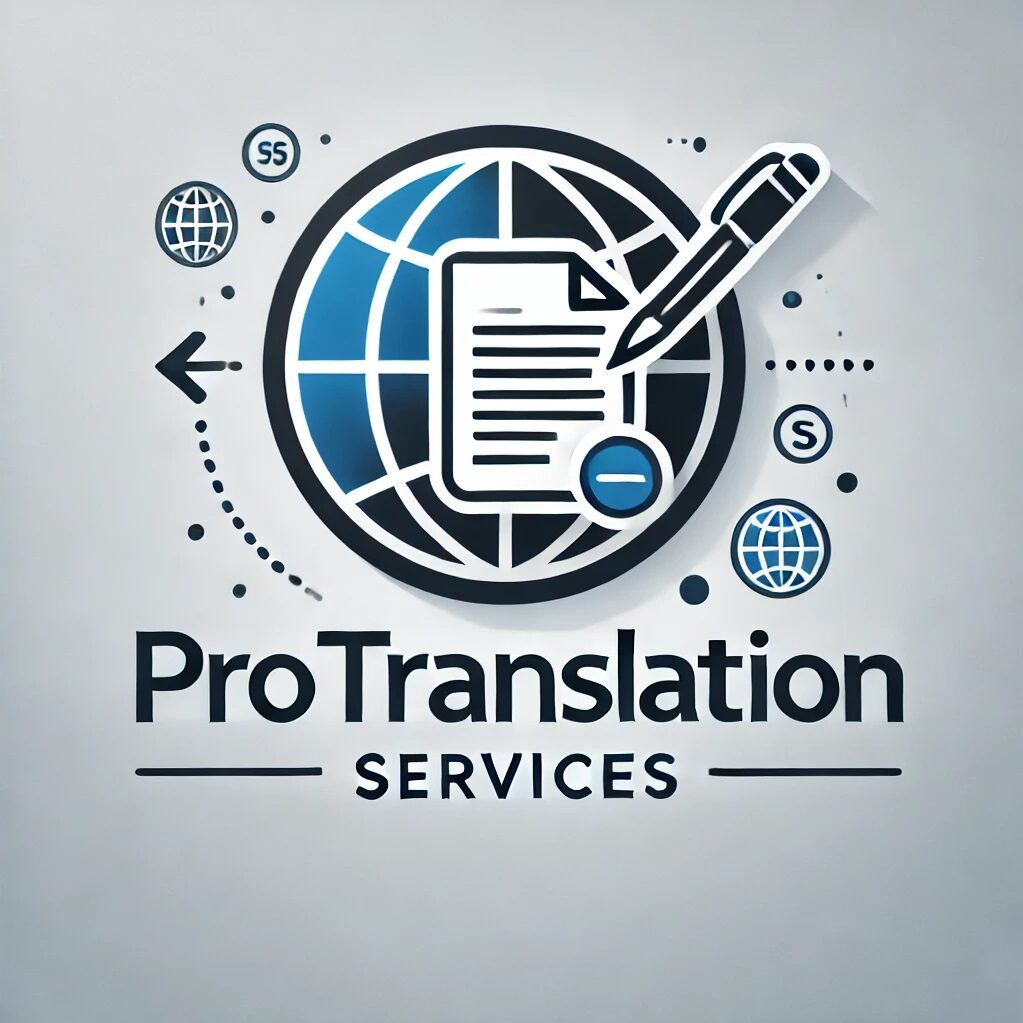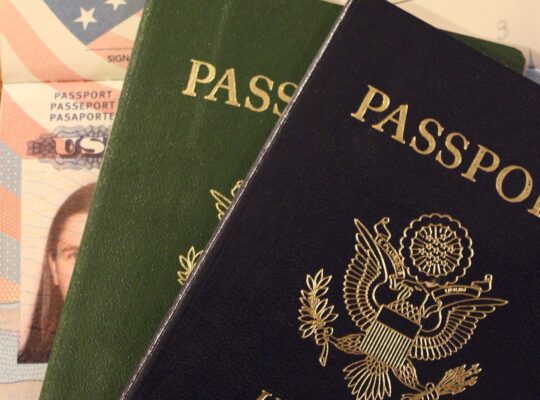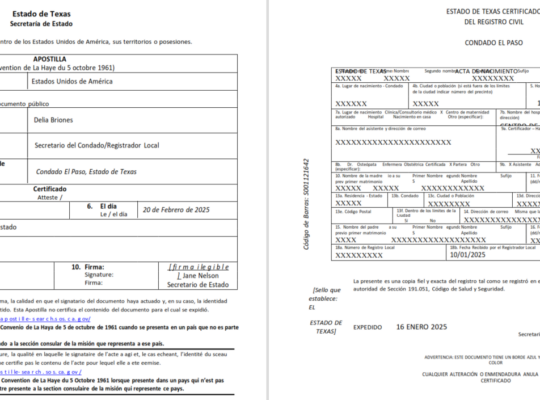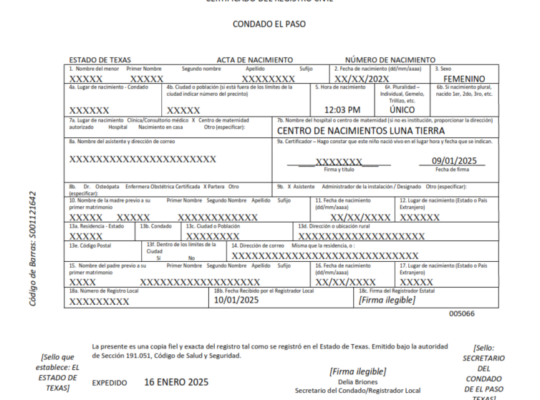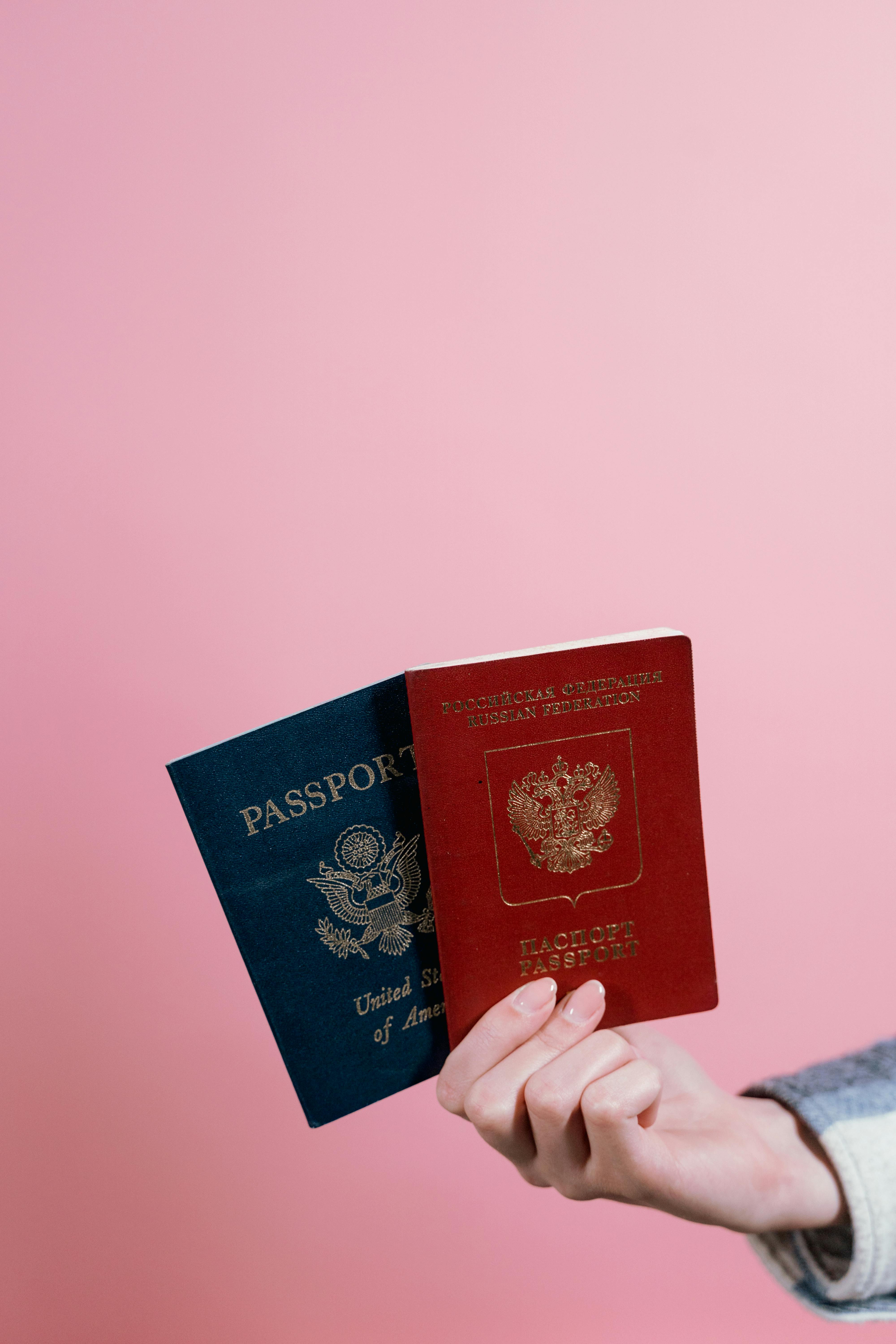
The requirements for translation of documents for dual citizenship depend on the country where you are applying, but generally, the following rules apply:
1. Complete and Accurate Translation
- All required documents (e.g., birth certificates, marriage certificates, passports, proof of ancestry) must be translated word-for-word.
- No information should be omitted, added, or altered.
- Official stamps, signatures, and seals must be noted as «[Stamp: Official Seal]» or «[Signature]» in brackets.
2. Certification of Translation Accuracy
- The translation must be certified to be considered valid.
- The certification letter should include:
- A statement affirming the accuracy of the translation.
- The translator’s full name and competency in both languages.
- The translator’s signature, address, and date.
📌 Sample Certification Statement:
Certification of Translation Accuracy
«I, [Translator’s Full Name], certify that I am fluent in [Source Language] and English and that the attached document is a true and accurate translation of the original document.»
Translator’s Name: [Full Name]
Address: [Translator’s Address]
Signature: _______________
Date: [MM/DD/YYYY]
3. Format Must Match the Original Document
- The translation should mirror the layout of the original document, including:
- Section titles and labels
- Dates, names, and locations
- Tables and official markings
4. Sworn or Certified Translation (Depending on the Country)
- Some countries require a sworn translator (e.g., Italy, Spain, Brazil, France).
- Others accept a certified translation by a professional translator (e.g., the U.S. for USCIS).
- Some embassies may request notarization or an apostille for foreign documents.
5. Notarization or Apostille (If Required by the Receiving Country)
- Some governments require notarization of the translation by a Notary Public.
- If using documents internationally, an apostille may be needed for validation.
In case you need a translation please contact us
Frequently Asked Questions (FAQs)
1. What languages do you offer translation services in?
We provide professional translation services in a wide range of languages, including but not limited to English, Spanish, French, German, Chinese, Arabic, Portuguese, Russian, and more. Contact us for specific language pair availability.
2. What types of documents can you translate?
We translate legal documents, business reports, technical manuals, websites, marketing content, academic papers, medical records, personal documents (like birth certificates), and more.
3. How do you ensure the quality of translations?
Our translators are native speakers with subject-matter expertise. Every project goes through a multi-step quality assurance process including editing and proofreading.
4. Are your translators certified?
Yes, we work with certified translators when needed, especially for legal, immigration, and official government use. Certifications are made by notary public.
5. How long does a translation take?
Turnaround time depends on the document’s length and complexity. Standard documents (1–2 pages) can often be completed within 24–48 hours. Urgent services are available.
6. Do you offer notarized or sworn translations?
Yes, we provide notarized and sworn translations for legal and official documents. Let us know your specific requirements.
7. Is my information confidential?
Absolutely. We treat all documents with the highest level of confidentiality and are happy to sign a non-disclosure agreement (NDA) if required.
8. What are your translation rates?
Rates vary depending on the language pair, document type, and turnaround time. We offer competitive, transparent pricing. Contact us for a free quote.
9. Do you offer machine translation or human translation?
We specialize in human translation to ensure cultural accuracy, context, and tone. Machine translation may be used in limited cases for internal use, but never for final deliverables unless requested.
10. How do I get started?
Simply upload your document or email it to us, specify the source and target languages, and we’ll provide you with a quote and timeline.
